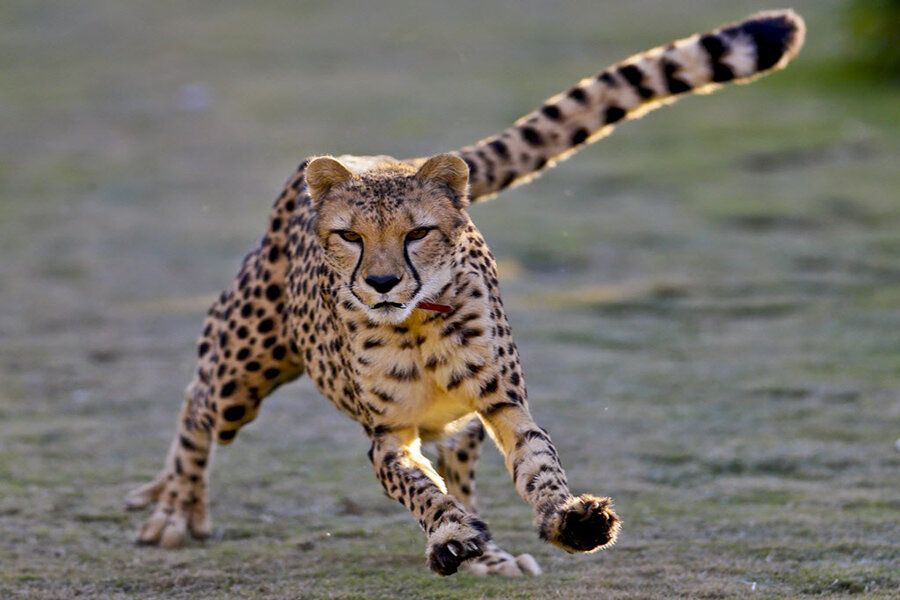Tiny mite sets record as fastest land animal, sort of
Loading...
By one measure, the fastest land animal is not a cheetah, but a mite no bigger than a sesame seed.
First identified in 1916,Paratarsotomus macropalpis, can cover a distance 322 times the length of its body in just one second. By comparison, the fastest human alive, the 6'5" Usain Bolt, has a recorded top speed of 27.79 mph, a mere 6.2 body lengths per second.
Or, to put it another way, an average human running at the same relative pace as P. macropalpis would be moving at 1,300 miles per hour.
The mite is native to South California and can often be spotted along rocks or sidewalks, at least when it's standing still.
Its speed, measured by Samuel Rubin, a junior physics major at Pitzer College in Claremont, Calif., sets a new record, one previously held by the Australian tiger beetle, which jogs along at 171 body lengths per second.
"Both relative speed and stride frequency increase as animals get smaller, and in theory, muscle physiology should at some point limit how fast a leg can move," notes a press release. But researchers involved with the study say that the bigger question is to find out the maximum limit of speed that can be achieved.
“When the values for mites are compared with data from other animals, they indicate that, if there is an upper limit, we haven't found it yet," said Jonathan Wright, a professor of biology at Pomona College, who was involved with the study.
"It's so cool to discover something that's faster than anything else, and just to imagine, as a human, going that fast compared to your body length is really amazing," said Mr. Rubin. "But beyond that, looking deeper into the physics of how they accomplish these speeds could help inspire revolutionary new designs for things like robots or biomimetic devices."








